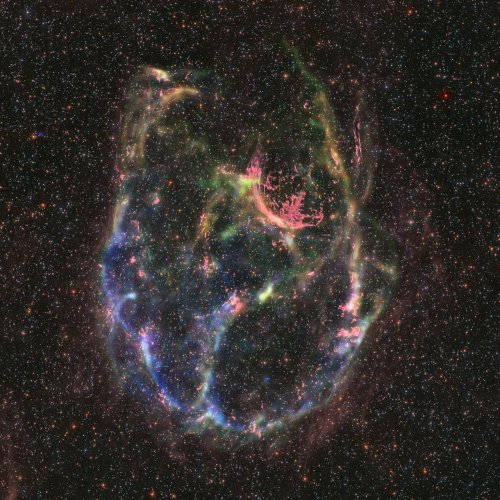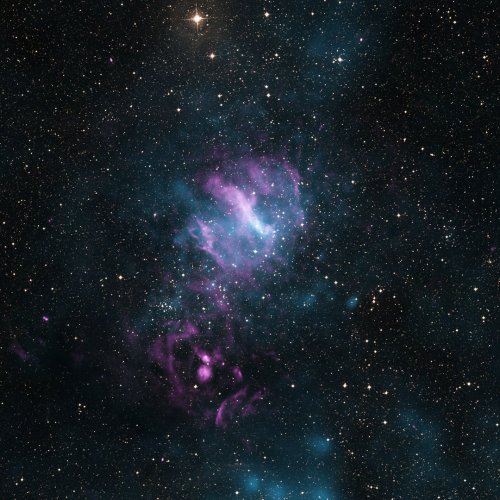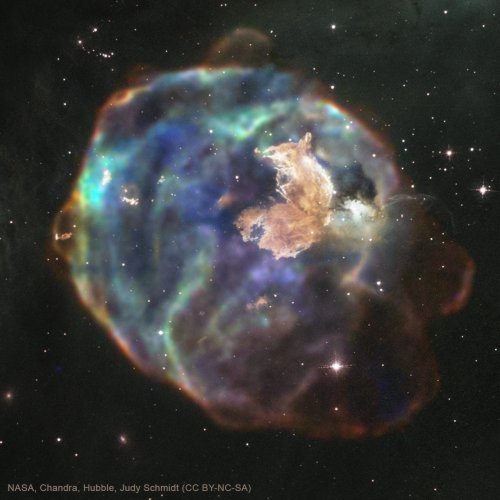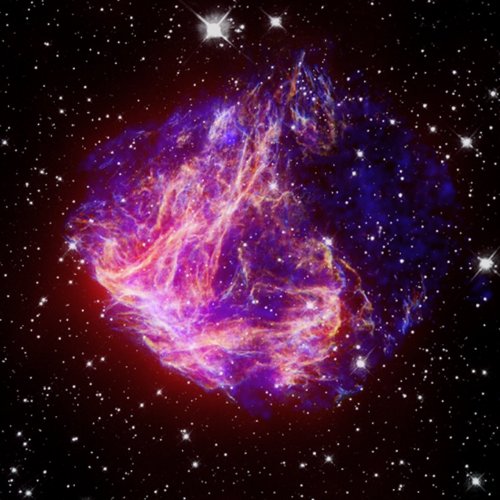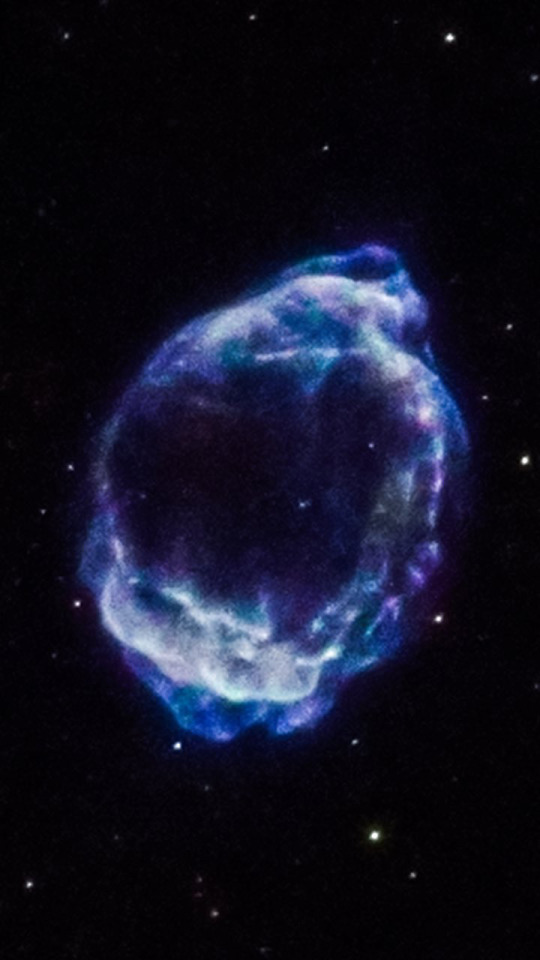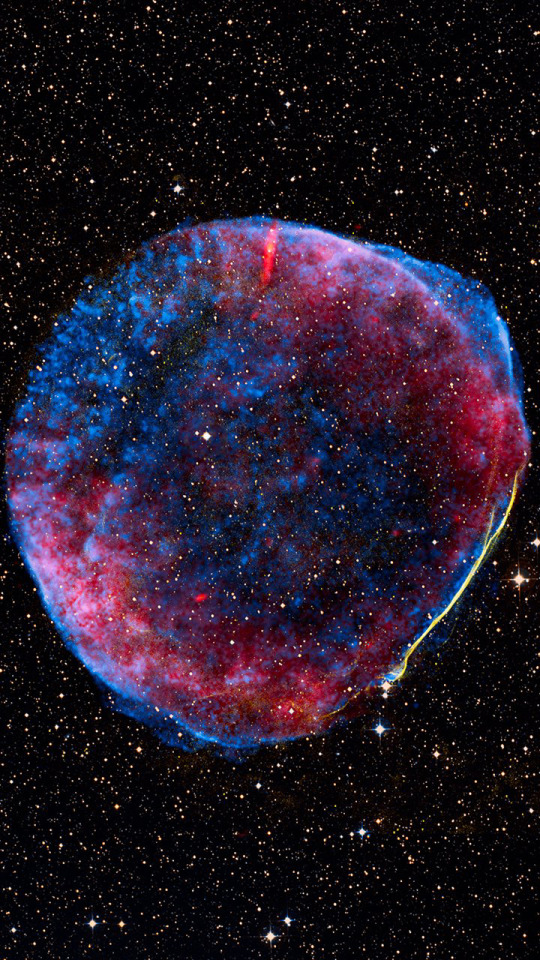Ice Age Children Frolicked In 'giant Sloth Puddles' 11,000 Years Ago, Footprints Reveal
Ice age children frolicked in 'giant sloth puddles' 11,000 years ago, footprints reveal

More than 11,000 years ago, young children trekking with their families through what is now White Sands National Park in New Mexico discovered the stuff of childhood dreams: muddy puddles made from the footprints of a giant ground sloth.
Few things are more enticing to a youngster than a muddy puddle. The children — likely four in all — raced and splashed through the soppy sloth trackway, leaving their own footprints stamped in the playa — a dried up lake bed. Those footprints were preserved over millennia, leaving evidence of this prehistoric caper, new research finds.

The finding shows that children living in North America during the Pleistocene epoch (2.6 million to 11,700 years ago) liked a good splash. “All kids like to play with muddy puddles, which is essentially what it is,” Matthew Bennett, a professor of environmental and geographical sciences at Bournemouth University in the U.K. who is studying the trackway, told Live Science. Read more.
More Posts from Donutdomain and Others


Some people asked how I paint hair, so I made this very simplified explanation, but I hope it helps someone.
The @ is my twitter btw ^~

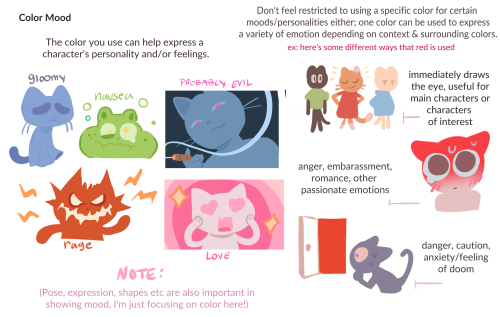

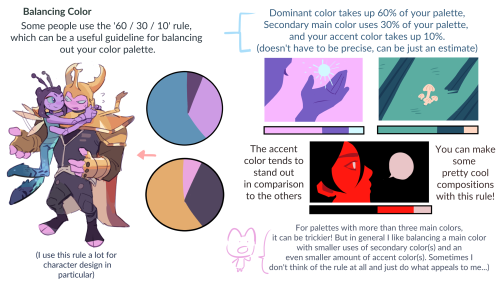
my color tips pdf is now available ! i had a lot of fun with this, i hope you enjoy ^^
BUY HERE or HERE

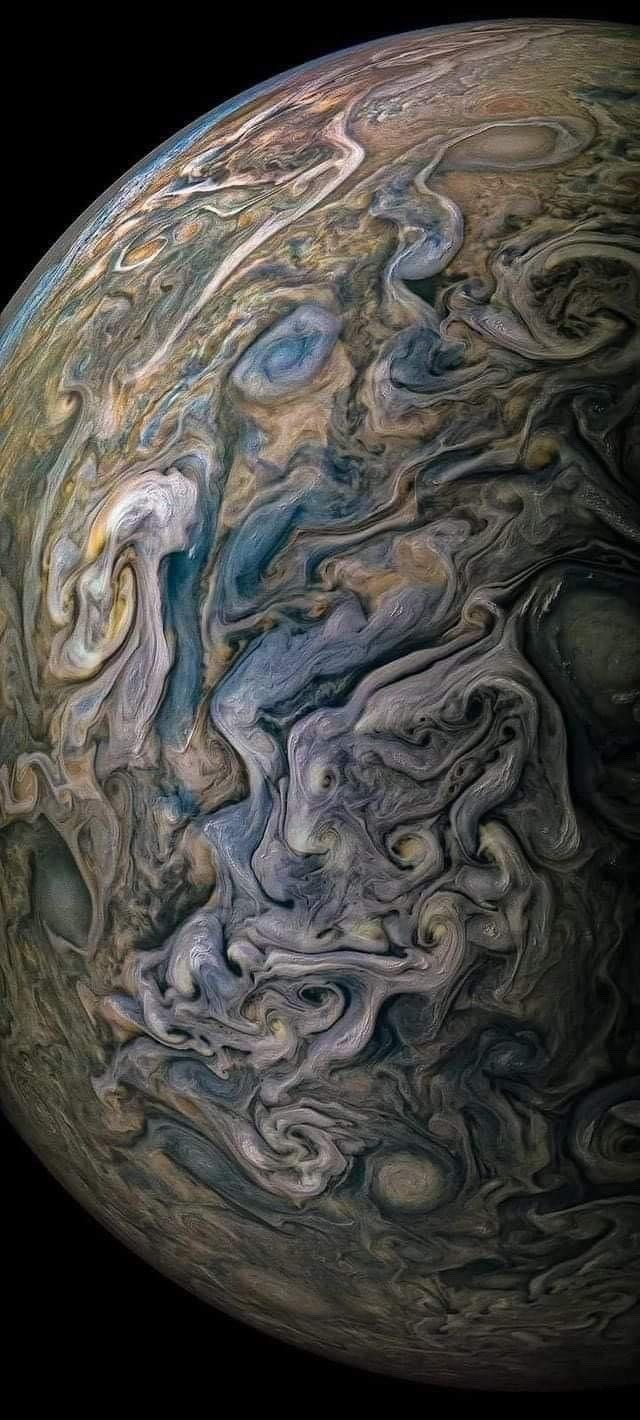



The Clearest Images of Jupiter ever taken
These beautifully real images are some of the closest images of Jupiter. Jupiter is the fifth planet from the Sun and the largest in the Solar System. It is a gas giant with a mass more than two and a half times that of all the other planets in the Solar System combined, but slightly less than one-thousandth the mass of the Sun. The original image was captured by JunoCam, the camera on NASA's Juno mission in orbit around Jupiter. This image was taken on Juno's 22nd close pass by Jupiter on Sept. 12, 2019 with image processing done by Prateek.
📸: NASA's Juno Space Probe / JunoCam

IC 342: Hidden Galaxy
"IC 342 is a challenging cosmic target. Although it is bright, the galaxy sits near the equator of the Milky Way’s galactic disk, where the sky is thick with glowing cosmic gas, bright stars, and dark, obscuring dust. In order for astronomers to see the intricate spiral structure of IC 342, they must gaze through a large amount of material contained within our own galaxy — no easy feat! As a result IC 342 is relatively difficult to spot and image, giving rise to its intriguing nickname: the “Hidden Galaxy.” Located very close (in astronomical terms) to the Milky Way, this sweeping spiral galaxy would be among the brightest in the sky were it not for its dust-obscured location. The galaxy is very active, as indicated by the range of colors visible in this NASA/ESA Hubble Space Telescope image, depicting the very central region of the galaxy. A beautiful mixture of hot, blue star-forming regions, redder, cooler regions of gas, and dark lanes of opaque dust can be seen, all swirling together around a bright core. In 2003, astronomers confirmed this core to be a specific type of central region known as an HII nucleus — a name that indicates the presence of ionized hydrogen — that is likely to be creating many hot new stars."
Image and information from NASA.
HOW DO YOU SHADE THE GOLD PARTSS???? PSLSPSLPSLPSLS

You don't have to take my word as gospel but these are the things I found that work well: ♡
(Please excuse grammatical errors I wrote this with a headache-...)
In my personal experience and process with gold, I find that these few things help me a lot when tackling it:
-whenever you approach gold it's important to asses the medium in which the material presents itself. The two options are the metal itself and any type of golden fabric.
-the shading process for me begins right from the sketch, when mapping out the gold accessory, object or the accent on a piece of clothing I try to get the shape of it to make sense.


It's most important, with golden fabric, to know and imagine how it falls arround and wraps arround a silhouette or body parts, if you want to figure out shading.
-So, when we speak "golden clothing" it revolves arround very sharp shadows, lights and reflections mainly becouse of fabric wrinkles. Golden clothing is pretty easy once you understand the nature of your material-☆
And the rules apply to any other colour!


Original Yellow hue
♡Same rules apply♡
So if you want you can structure your lights and shadows in black, white and grey! It works well to start off if you're not confident with colours as gold can be tricky in that regard...
GREYSCALE- can help you better understand the intensity of lights and shadows in contrast with one another:

You can then focus on colour later after you set up your values.

You'll notice with gold pieces that are much less clothing and much more metal the shadows alter from soft to sharp depending on the physical structure of the object itself.
If you encounter smooth curves it's soft, when it's sudden cuts or edges it's sharp.
Important to keep in mind:
-Gold is a metal = metals are REFLECTIVE.

Metals will reflect light aswell as colours.
They will especially reflect ☆colorful lights.☆
You must always, always, know where the light source is, and how it hits the object/ material.
That's it for now but if you want a more detailed step by step process just ask ^^☆
-Nix🌙
-
 salvadoranhoe liked this · 1 month ago
salvadoranhoe liked this · 1 month ago -
 tealcrush reblogged this · 1 month ago
tealcrush reblogged this · 1 month ago -
 tealcrush liked this · 1 month ago
tealcrush liked this · 1 month ago -
 boudicca-of-iceni liked this · 1 month ago
boudicca-of-iceni liked this · 1 month ago -
 kindbabylove reblogged this · 2 months ago
kindbabylove reblogged this · 2 months ago -
 pisceandarling liked this · 2 months ago
pisceandarling liked this · 2 months ago -
 calamity-crows reblogged this · 3 months ago
calamity-crows reblogged this · 3 months ago -
 ladymalchav reblogged this · 3 months ago
ladymalchav reblogged this · 3 months ago -
 cranberrybogmummy reblogged this · 3 months ago
cranberrybogmummy reblogged this · 3 months ago -
 ekleiipsis liked this · 3 months ago
ekleiipsis liked this · 3 months ago -
 crazyalien87 reblogged this · 3 months ago
crazyalien87 reblogged this · 3 months ago -
 crazyalien87 liked this · 3 months ago
crazyalien87 liked this · 3 months ago -
 gettothedancing reblogged this · 3 months ago
gettothedancing reblogged this · 3 months ago -
 ardeotis liked this · 4 months ago
ardeotis liked this · 4 months ago -
 ben-the-hyena liked this · 4 months ago
ben-the-hyena liked this · 4 months ago -
 archerfinch reblogged this · 5 months ago
archerfinch reblogged this · 5 months ago -
 calmmunism reblogged this · 5 months ago
calmmunism reblogged this · 5 months ago -
 picturesquelyperfect liked this · 5 months ago
picturesquelyperfect liked this · 5 months ago -
 wanderingbluespirit liked this · 5 months ago
wanderingbluespirit liked this · 5 months ago -
 the-saxophone-sings reblogged this · 5 months ago
the-saxophone-sings reblogged this · 5 months ago -
 the-saxophone-sings liked this · 5 months ago
the-saxophone-sings liked this · 5 months ago -
 laikasfriend liked this · 5 months ago
laikasfriend liked this · 5 months ago -
 l-nature-is-cool-l reblogged this · 6 months ago
l-nature-is-cool-l reblogged this · 6 months ago -
 lordofthelarks reblogged this · 6 months ago
lordofthelarks reblogged this · 6 months ago -
 thermo-catz reblogged this · 6 months ago
thermo-catz reblogged this · 6 months ago -
 thermo-catz liked this · 6 months ago
thermo-catz liked this · 6 months ago -
 feyburner liked this · 6 months ago
feyburner liked this · 6 months ago -
 liyahayerst reblogged this · 6 months ago
liyahayerst reblogged this · 6 months ago -
 psycho-pomp reblogged this · 6 months ago
psycho-pomp reblogged this · 6 months ago -
 psycho-pomp liked this · 6 months ago
psycho-pomp liked this · 6 months ago -
 extremely-queer reblogged this · 6 months ago
extremely-queer reblogged this · 6 months ago -
 sushigal007 liked this · 6 months ago
sushigal007 liked this · 6 months ago -
 elilont reblogged this · 6 months ago
elilont reblogged this · 6 months ago -
 brigdh liked this · 6 months ago
brigdh liked this · 6 months ago -
 jarbley reblogged this · 6 months ago
jarbley reblogged this · 6 months ago -
 jarbley liked this · 6 months ago
jarbley liked this · 6 months ago -
 pinnacle-ferring reblogged this · 6 months ago
pinnacle-ferring reblogged this · 6 months ago -
 natural-nyx reblogged this · 6 months ago
natural-nyx reblogged this · 6 months ago -
 natural-nyx liked this · 6 months ago
natural-nyx liked this · 6 months ago -
 slyandthefamilybook liked this · 6 months ago
slyandthefamilybook liked this · 6 months ago -
 sigrid-antares liked this · 6 months ago
sigrid-antares liked this · 6 months ago -
 this-is-telophase reblogged this · 6 months ago
this-is-telophase reblogged this · 6 months ago -
 country-butch liked this · 6 months ago
country-butch liked this · 6 months ago -
 bellafuga reblogged this · 6 months ago
bellafuga reblogged this · 6 months ago -
 lonerofthepack reblogged this · 6 months ago
lonerofthepack reblogged this · 6 months ago -
 confuseddisastertm liked this · 6 months ago
confuseddisastertm liked this · 6 months ago -
 killthelantern-raisetheghost liked this · 6 months ago
killthelantern-raisetheghost liked this · 6 months ago -
 softness-and-shattering reblogged this · 6 months ago
softness-and-shattering reblogged this · 6 months ago -
 on-my-way-to-lesser-things reblogged this · 6 months ago
on-my-way-to-lesser-things reblogged this · 6 months ago

I just reblog fun facts/tipsScience, nature, geology facts etc! + art & writing tips!
67 posts




